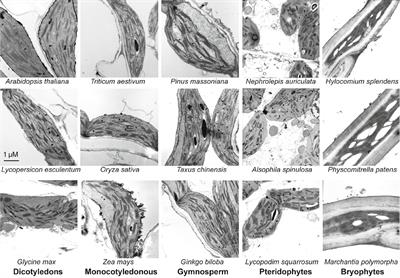ORIGINAL RESEARCH
Published on 06 Jun 2019
Toxic Effects of Cd and Zn on the Photosynthetic Apparatus of the Arabidopsis halleri and Arabidopsis arenosa Pseudo-Metallophytes

doi 10.3389/fpls.2019.00748
- 6,683 views
- 79 citations
42k
Total downloads
213k
Total views and downloads
You will be redirected to our submission process.
ORIGINAL RESEARCH
Published on 06 Jun 2019

ORIGINAL RESEARCH
Published on 30 Apr 2019

ORIGINAL RESEARCH
Published on 16 Apr 2019

ORIGINAL RESEARCH
Published on 29 Mar 2019

REVIEW
Published on 14 Feb 2019

ORIGINAL RESEARCH
Published on 11 Feb 2019

PERSPECTIVE
Published on 25 Jan 2019

ORIGINAL RESEARCH
Published on 09 Jan 2019

ORIGINAL RESEARCH
Published on 08 Jan 2019

ORIGINAL RESEARCH
Published on 19 Dec 2018

ORIGINAL RESEARCH
Published on 11 Dec 2018

ORIGINAL RESEARCH
Published on 26 Nov 2018

